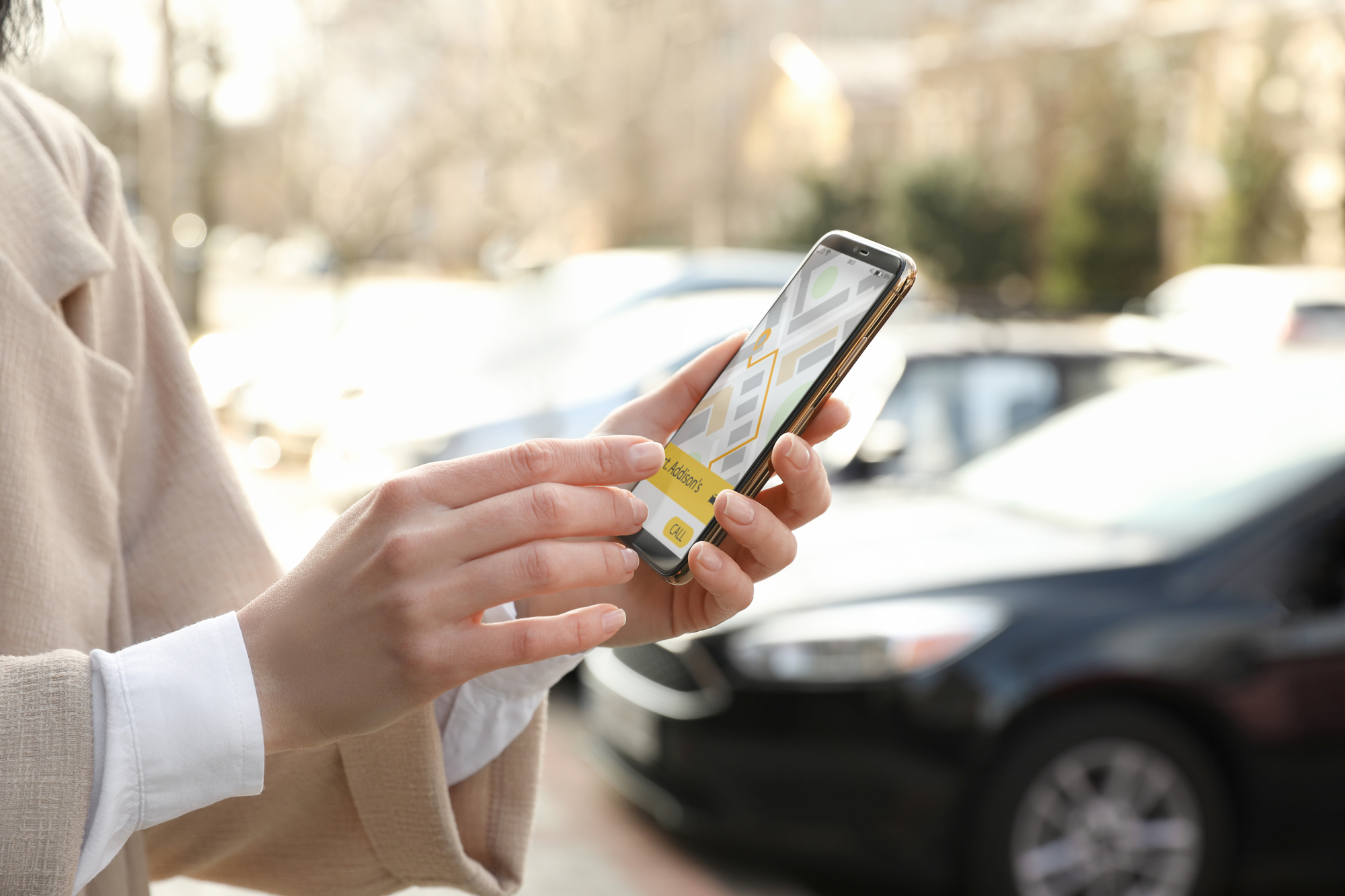
Car Accident Lawyer Iowa
Today, more than ever, we enjoy the convenience and immediacy that our cell phones provide. Many times we get in our cars, buckle up, start the car – and only then we worry about how we are going to get to our destination. With nothing but a street address, a business name, or related keyword, we enjoy an unprecedented level of convenience through the modern miracles or technology, GPS navigation apps.
Navigation-App Dependency
Almost everyone depends on navigation apps such as Google Maps, Maps, or Waze to get from point a to point b. A car accident lawyer from Des Moines Injury Law can stress the importance of utilizing these technologies safely, in a way that limits distraction from the task of driving. Accidents can happen if your attention is broken for only a split second.
Let’s look at these practical techniques you can implement the next time you depend on a navigation app to chart your route that will help you better focus on driving safely.
Preparing for Departure & Audio Directions
If possible, while parked in a safe location, search for directions on your navigation app of choice. For those without hearing impairment, after you have settled on a route, ensure that audio direction dictation mode is on. Most apps will dictate what the next direction is, whether it’s a turn, merge, or what lane to stay in. It is helpful to connect your phone to earbuds, or your car sound-system so that the directions are audible over sometimes loud road conditions.
Voice Assistant Technologies
If you must take a call while driving, do so by using hands-free technologies. Being able to keep both hands on the wheel will help ensure that calls are taken with minimal distraction, effectively minimizing the risk of an accident.
Change of destination while en route?
If possible, safely pull over your car and re-route your navigation app accordingly. If it is not possible to pull over safely, most smartphones have useful hands free voice assistance technologies. When rerouting on-the-go, the best way to do so is by voice activating your device, and asking it for a new set of directions, to the new destination. You will be able to keep your eyes on the road, and safely get directions to your new destination.
Phone Mounts
It is helpful at times to be able to glance at the map during more complex routes. For those with normal hearing abilities, avoid reliance on the screen based direction prompts. Ensure the screen is mounted in a way that does not obstruct your view but is close enough so that the range of eye movement from road to screen is as efficient and small as possible. Screen based direction prompts cause drivers to be distracted, even for a single second, which can lead to an accident.
While not always possible, drivers can always memorize the directions prior to driving, eliminating the need for navigation apps. And when you must, technologies that are available can be used safely and responsibly to get you from “proceed to the route” to “you’ve arrived”.

